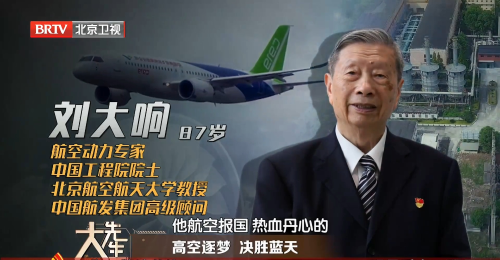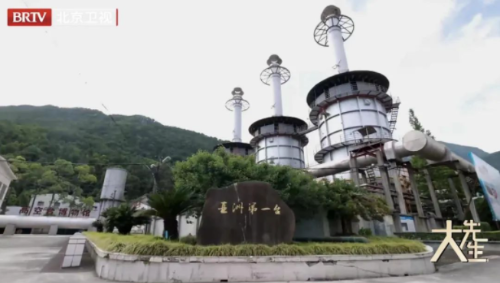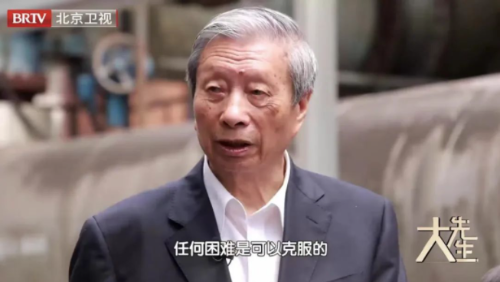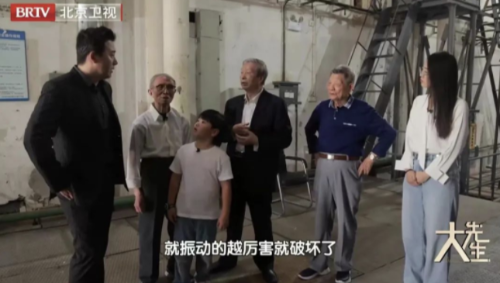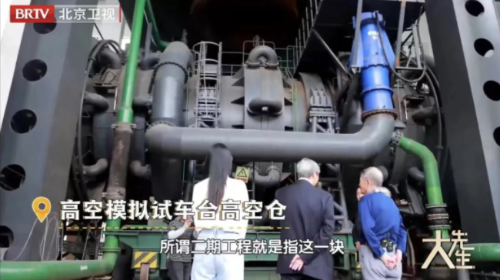Editor's Notes:
Season 3 of the educational science program "Mr. Science" has started to air on Beijing Radio and Television Station (BRTV) every Tuesday at 21:05 since July 30, 2024. Each episode features a prominent Chinese scientist who imparts wisdom and experiences to a group of university and middle school students known as the "Future Team," fostering an engaging learning environment. Here are the stories of these distinguished scientists.
Liu Daxiang, the first academician of the Chinese Academy of Engineering in the field of aerodynamics in China, has played a pivotal role in advancing China's aerospace industry. Since 1970, he has dedicated his career to developing high-altitude simulation test facilities, which are crucial for testing aircraft engines under conditions similar to those experienced in flight. His efforts have transformed China into one of the few nations capable of independently testing and developing aircraft engines.
From the 1940s to the mid-1960s, as aviation technology advanced, major powers like the UK and the US established high-altitude simulation test platforms to enhance aviation engine technology. While China was the only country among the five permanent members of the UN Security Council that lacked such a platform, resulting in a situation where there were no usable aviation engines, hindering aircraft performance and limiting air force development.
Liu was then entrusted with the task of solving the problem. Along with over 300 professionals, he moved to a remote mountainous region in Southwest China's Sichuan Province, where they began the construction of China's first domestically developed high-altitude simulation test stand.
The construction was fraught with challenges, particularly due to reliance on foreign technology. Liu and his team faced significant hurdles in their collaborations with overseas suppliers, often encountering technological limitations that hindered their progress. Despite these challenges, Liu exhibited remarkable tenacity. Over 200 days and nights of hard work led to the compilation of nearly one million words of technical summaries and reports, which served as crucial references for the development of the high-altitude simulation stand.
Liu's leadership was particularly evident during a critical incident with the cyclonic compressor, which faced severe vibrations during initial testing. Under immense pressure, Liu took led his team in a thorough analysis to identify and overcome the issue of "critical speed," ensuring the safety and success of the experiment.
In 1981, during a crucial phase of equipment installation and debugging, Liu's team faced severe funding shortages and staff attrition. Instead of backing down, Liu committed himself to see the project through. He and his team pledged to work tirelessly to achieve their goal, ultimately resuming construction ahead of schedule.
The culmination of Liu Daxiang’s persistent efforts came in 1995 with the successful commissioning of China’s first high-altitude simulation test stand. This milestone marked China as the fifth nation globally, and the only one in Asia, to possess such an advanced facility. The implications of this achievement were profound, marking a turning point from dependency on foreign technology to a pathway of independent innovation in aviation manufacturing.
From once being constrained by others to now standing at the forefront of the world, the successful construction of high-altitude simulation test stands is the result of the hard work and relentless efforts of countless aerospace professionals like Liu Daxiang. Liu’s legacy continues to inspire future generations of engineers and innovators, fostering a culture of creativity and determination in China’s technological landscape.
